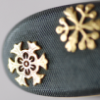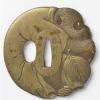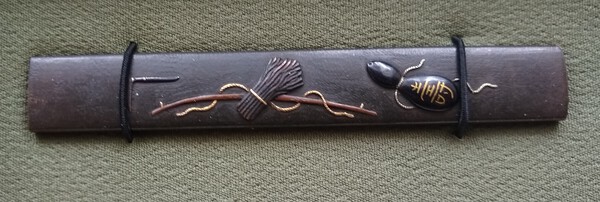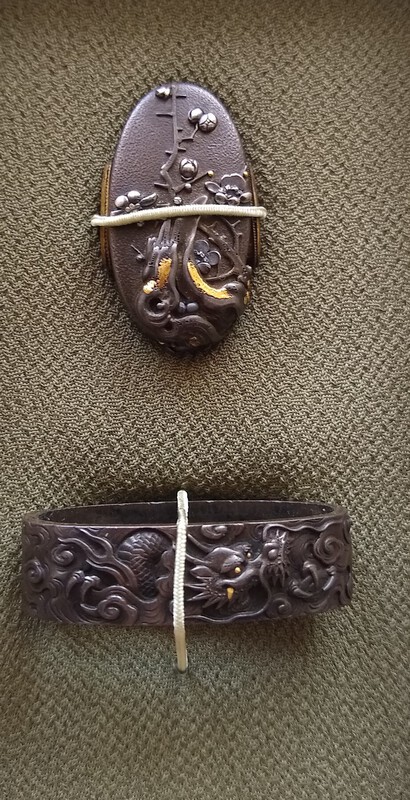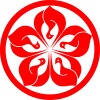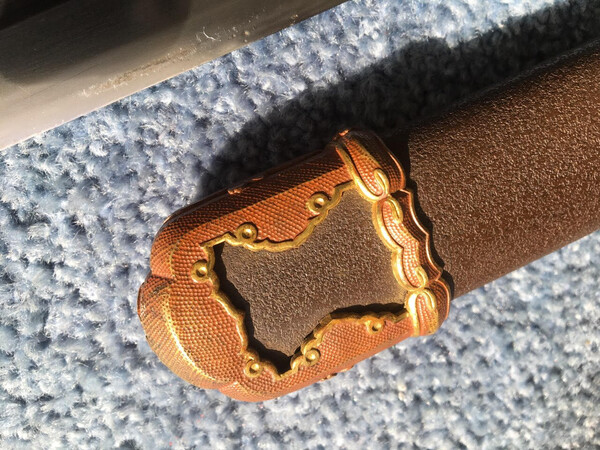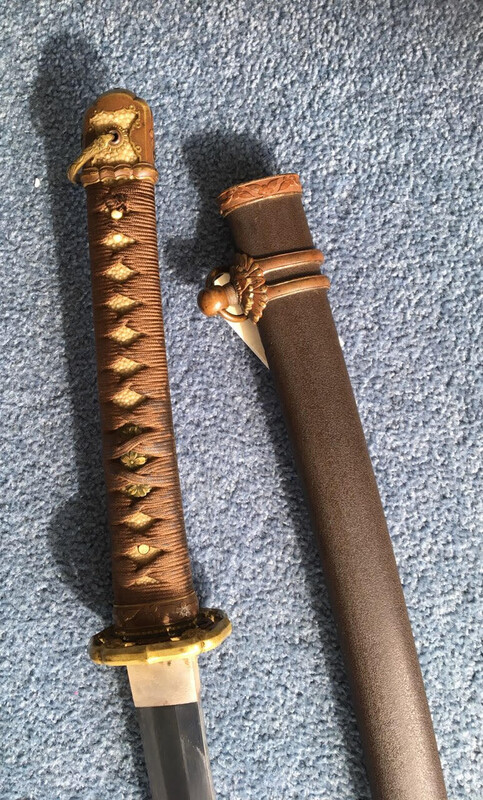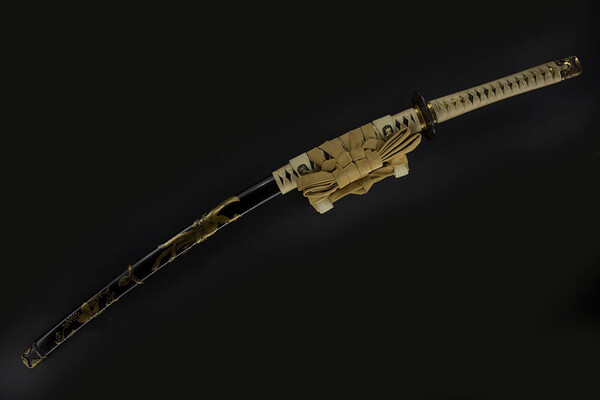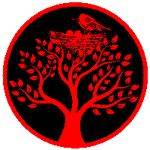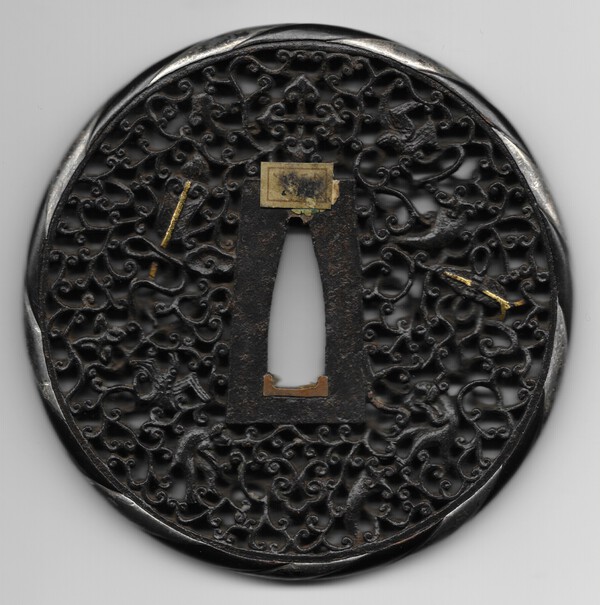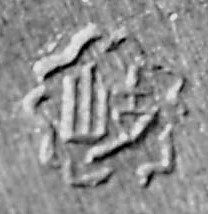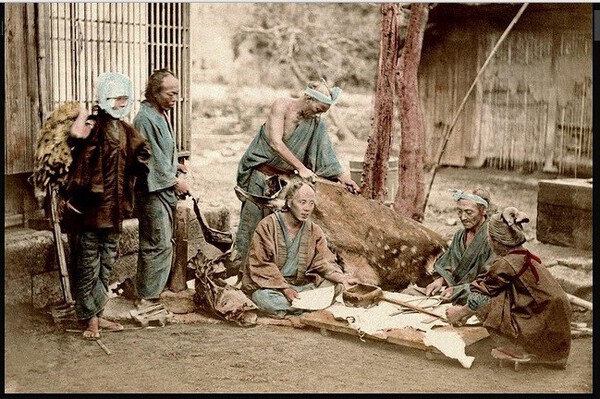Leaderboard
Popular Content
Showing content with the highest reputation on 09/10/2020 in Posts
-
9 points
-
5 points
-
4 points
-
4 points
-
Wow great close up shot there! In general, the beauty of martensite doesn't seem to be emphasized enough, would love to see more examples if others can share and make this a show and tell thread. I dont seem to have many shots close up like that focusing on the martensite but here are a couple that I have readily available from my recent Ko-Uda acquisition. Mainly a fine stream of sand. Additional pics available here too: https://imgur.com/gallery/VLFNouU4 points
-
Bruce, Your threads and studies will never cease to amaze me. I think that without you, I would never have noticed there were so many variants of the Kikusui. Keep this up and one day, write a book with all your discoveries. Your dedication to those subjects is amazing.3 points
-
Dear Friends, Please allow me to present an image I recently acquired. I am interested in early photos of even earlier swords. And in that pursuit I "found" the attached image. It doesn't fit what I was interested in, but I was bored and the whole Covina thing has us al running in strange directions, so I followed it there in the world's fleamarket, and.... I find this an interesting image.The photo has no marking beyond the name of the photographer K. Yamanaka from Nakatsu. I think that is a place in northern Kyushu. It is also undated, but I read it as either very late Meiji times or maybe even Taisho - that is a pure guess. Let's start with the sword the gentleman is holding. It does not to my eye look exactly like any of the gunto types I have seen. I don't think it is a Type 32 sword. It looks closer to what Jim Dawson calls a Type 8 Riding Sword altho the shape of the backstrap seems like less than a perfect match for anything he shows. And I would like to have a different perspective on the tsuka. Notice, too, that it seems to be equipped with a leather barrel sword knot. Moving to the fellow who is shown with the sword, it is fair to start by saying that he is holding NOT wearing the sword. He is in Japanese clothing so there is nothing like a sword belt. He is wearing a mon-zukuri haori and a couple of other layers. He has what looks like a billed cloth cap that might have a small central pip of some manner, but it doesn't look like any of the military caps I have bumped into. He is also wearing tabi so I assume he showed up at the photographer's shop wearing geta. All this to say that I don't think his fellow is dressed at all in a military or other official outfit - - right?? Now, let's look at how he is standing.First, he is holding this apparent gunto with edge up, as if it were a katana. And he is also holding a carpet bag. Together with hat and the rest of his outfit, this suggests that he was getting ready to travel. The fellow also seems to my - aging - eyes to be too old to be an active soldier. Could he be a "old soldier" who is getting ready for reassignment? Peter2 points
-
2 points
-
https://55e22d20-aef1-4cbb-8d57-7634275a6da0.filesusr.com/ugd/a2bb73_1c7247d219bb475fb3f3fc781a17ce7b.pdf Best2 points
-
2 points
-
Good work. It is a pleasure to make good pictures from a good blade in nice conditions. Shots of the details are the easy one..... Make the same quality picture of the complete blade is a different task.2 points
-
2 points
-
Revised Chapter 52 was posted today. This is Part 2 of Chapter 17, Th Early Kamakura Period Tanto. This chapter explains the Early Soshu Den Tanto, famous Masamune. Please click the link below to to to to this chapter directly. https://studyingjapaneseswords.com/2019/04/26/52part-2-of-17late-kamakura-period-tanto-early-soshu-den-tanto/ Thank you Yurie2 points
-
After doing some research into Kikusui on gunto, I've discovered some interesting tid-bits, which may not be news to some of us, but I'll post what I've found. If anyone sees something I've missed or has something to add, please do! According Dan King, “A Tomb Called Iwo Jima,” the crest we know today as the Kikusui was the clan crest of a 14th Century Samurai, Kusunoki-Masa-sige , who fought to the death proclaiming “But that I had seven lives to give to the Emperor!” (at least the saying is attributed to him). “The Japanese military used … the crest … as a symbol of devotion and self-sacrifice. The Navy adopted Minatogawa Jinja as their sacred shrine.” Crests are found on blades, nakago, and habaki. Stylized Kikusui are found on tsuba, menuki, and mon. They are hand-crafted, not stamped. Most come with a 9-petal chrysanthemum (one mon found with 7 petals) sitting atop an S-shaped flowing river. The rivers mostly fall into 3 styles. Style 1: Three Parallel lines : The sample group is small, but all observed of this version are squared at the ends Style 2: 3-2-3 Ends slanted Ends Squared This version is created two ways: 2 parallel lines with the third added at the top and bottom ; Or: 2 parallel lines with the third added in the bends of the river. Style 3: 2-1-2 Two parallel lines merge to one in the center and emerge as 2 at the bottom. The third line is simulated by adding curves at each bend. Style 4: 2-1-3 Two parallel lines merge to one in the middle, coming out as three at the bottom1 point
-
Moriie is among the most famous smiths working in Bizen during the Kamakura period. He was said to have been the founder of the Hatakeda school and worked during the middle Kamakura period, and the same time as Ko-Osafune Mitsutada. He was rated Saijo saku in Fujishiro and exhibited a style of work very similar to Fukuoka Ichimonji. To find a signed example of Moriie's work of near josun length (2 shaku 2 sun 9 bu) and intact boshi is something extraordinary. This sword has exactly the workmanship which you would expect to see in a high-quality Hatakeda. The hamon is an extremely active choji-midare in ko-nie with vivid midare utsuri. Look closely at the photos to see the activity within the hamon, with fine kinsuji and inazuma dancing throughout. The jihada is a beautiful itame with ji-nie. Nakago is suriage, but with a fully intact mei of Moriie tsukuru. There are three mekugi-ana. The nakago has beautiful color and texture. This tachi is in shirasaya with kinmuku (solid gold) habaki and comes with an excellent itomaki-no-tachi koshirae. Tosogu are iron with intact zogan. Tsuka is done in jibara-maki and has menuki of dragons in shakudo. While the blade is a fit to the koshirae, I believe that this is a married set and would want any buyer to be aware. The sword has NBTHK Tokubetsu Hozon kanteisho. The Moriie is from a Japanese arts collection for an individual now residing in the US. It has been exhibited several times in museums, including the Museo Franz Mayer for the 120th anniversary of the Japanese migration to Mexico. https://youtu.be/RcNbthSyWA4 SOLD1 point
-
Hello, This a superb tachi , blade by Hidesuke , 21st september. Gift from Japanese emperor according to the description. I know I will not bid on this one so I prefere that a member of this forum get it and show us this beauty. Good Luck : , https://www.interencheres.com/meubles-objets-art/grenoble-belle-vente-classique-277024/lot-24923002.html1 point
-
1 point
-
1 point
-
1 point
-
1 point
-
1 point
-
Thanks JP! It's just something I enjoy! Now .... to figure out how to get paid for it!!!! Ha! If I ever get enough together to qualify for a book, that's something that would be fun to look into. You, and half the guys here, will all get free copies for your contributions to our hobby. I just gather stuff that other guys have already posted. Speaking of already posted, found a discussion of the use of the emblem by the Kamikaze operation. There's likely more on this, please add if anyone has more, but here's stuff from A POST ON WARRELICS. A kamikaze headband worn by a factory worker (they apparently swapped headbands) found HERE1 point
-
1 point
-
1 point
-
Daved it goes with out saying after a degreaser one would clean any residue. The curators at both gold star Museum and a local Historical Society we had no problem with using goof or oops. When using water use it as hot as you can stand. This will help with the drying.. Once dried oil well then wipe with just a light film of oil1 point
-
These are mostly recent acquisitions.some you may have seen before. The kozuka that looks Soten people. Am I being lazy in it's attribution? The Tiger/leopard menuki are an error where the artist was working from images and thought that the leopard was in fact the female Tiger. This was quite a common misconception. I still think they are nice regardless.1 point
-
1 point
-
1 point
-
1 point
-
Dear All. Setting problems to one side there are none the less some really nice things being shown. I am particularly drawn to No. 4 from Mauro, that lovely Namban and not a few from Grev's post, not to mention the original selection from Patrice.. If nothing else this is a very pleasant sharing of some treasures. Thank you one and all. All the best.1 point
-
1 point
-
1 point
-
1 point
-
1 point
-
1 point
-
1 point
-
mu-hitsu-ana tsuba in my collection: 1 kawari-mokkō-gata signed sandai-me Myōchin saku 2 Daruma zu tsuba signed Enjuken Hirotoshi sei, possibly Meji/Shōwa jidai 3 dragon in katakiribori, signed Jakushi (?) 4 karakusa-mon sukashi tsuba, with NBTHK attribution to Myōchin 5 kasumi zu (fog), Heianjō-zōgan 6 karakusa zu, Heianjō-zōgan1 point
-
1 point
-
1 point
-
Yes, its the same as the 出 in 出来 https://glyphwiki.org/wiki/n-gtwinppx_kanjibeya-001-097 I'm thinking it would be interesting to have a database of his sayagaki. They are written so well. It would also be interesting to see how his descriptions progress through the years.1 point
-
I know it is an amateur polish sir. But it looks a lot better then how it was before sir.1 point
-
1 point
-
Yes, it is the same inscription 東都住人一貫齊國護謹作 東都住人 - Tōto jūnin (Resident of Eastern Capital: aka Tōkyō) 一貫齊 - Ikkansai (this is an "art name", a sort of pen name that the artist adopts. In Japanese its called a "gō". ) 國護 - Kunimori (this is the artists name. Actually it is an adopted name, often different from the artists birth/given name). 謹作 - Kinsaku (made diligently)1 point
-
New development from our World Famous Researcher - Thomas (Kiipu) - on a possible relationship between the "岐" Gifu and the Seki Shoten Co "The maker is listed in Japanese documents as Seki Cutlery 関刃物 and used the character 岐 as a logo. However, there were two entities that started with those characters, Seki Cutlery Manufacturers Society 関刃物工業組合 and Seki Cutlery Company, Limited 関刃物株式會社. Unfortunately for collectors, it is not known which one was the manufacturer of these swords. Starting in the 82,000 range [speaking here about Type 95 NCO gunto], the company and logo changed to Seki Sword Company, Limited 関刀剣株式會社. This company was identified by means of a brochure that included the logo on the cover!" Discussion found HERE ON WARRELICS So, at least on Type 95's, the Gifu 岐 is the logo of the Seki Cutlery Co. which changed to . after the 82000 serial number. It is not known if the Gifu in sakura found on officer blades is of the same company, or if it is an Army inspector stamp, or even of the Seki Cutlery Manufacturers Society (which I think would be a likely organization inspecting blades). Thomas, please jump in and correct me if I have understood this incorrectly!1 point
-
There are times when I approach the NMB like Amatarasu doing a dirty dance in front of a cave in hopes of getting the important spirits to come out (If I have misremembered this story forgive me. You should hear my recollection of Genesis). My point is that NMB is a wonderful resource when a naive can pose a question that draws out real experts. I think I shook my bootie pretty well today. I drew out Ian! Thank you, Ian, and let me say that the Fur Trade Museum also mentioned the "Leather in Warfare" volume. Peter1 point
-
1 point
-
Hello Tony, I think you are obsessing over this spot, when it literally is nothing to worry about. It's just a dark spot. It's not a kizu, not a ware, not any kind of fatal flaw or any other defect that would cause anyone to take pause. You have a beautiful tantō, and you should enjoy it for what it is. It is a handmade work of art, made from the rawest of materials. The shape, the hamon, the horimono, the jihada, the bōshi, the tip, all look lovely.1 point
-
It's still pretty hard to make out any detail. For me, the blade looks like it might have something of a Kanbun sugata (straightish, smallish point, some taper) so that would put it mid 17th century. Beyond that, hard to tell as someone has used an abrasive to "clean" the blade and obscured the detail in the hamon and hada and removed the patina from the tang. That there is no obvious loose grain visible in the pictures might point to a later rather than earllier attribution.1 point



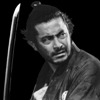














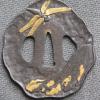



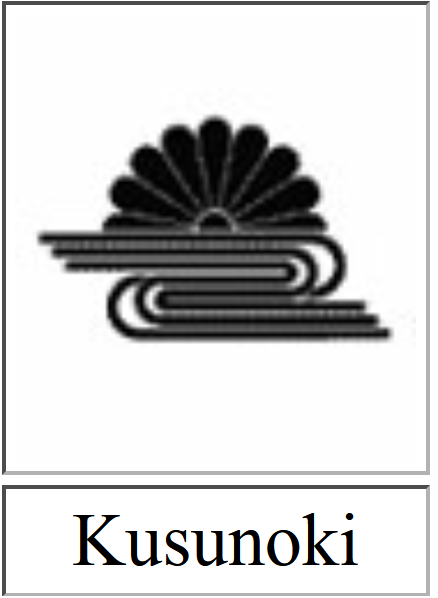














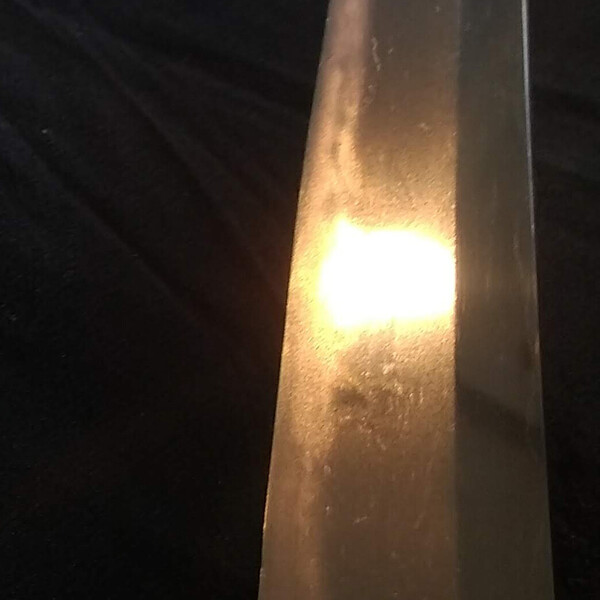



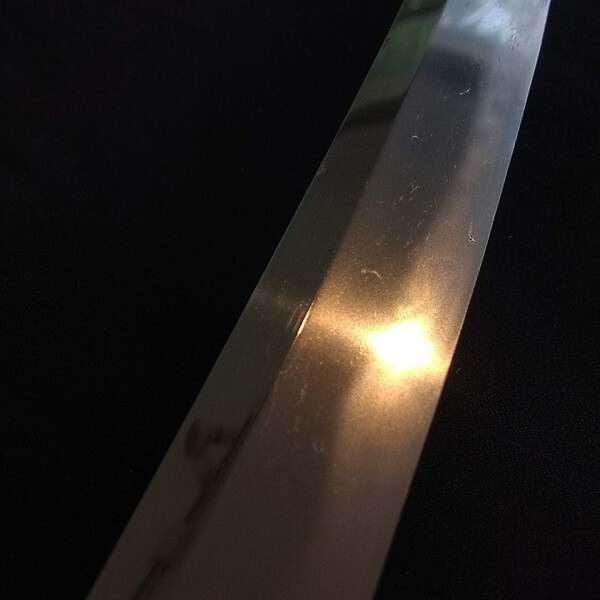









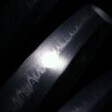

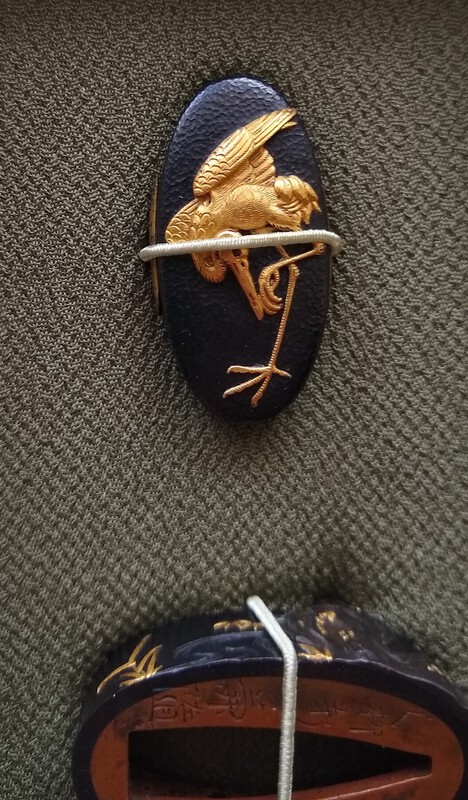


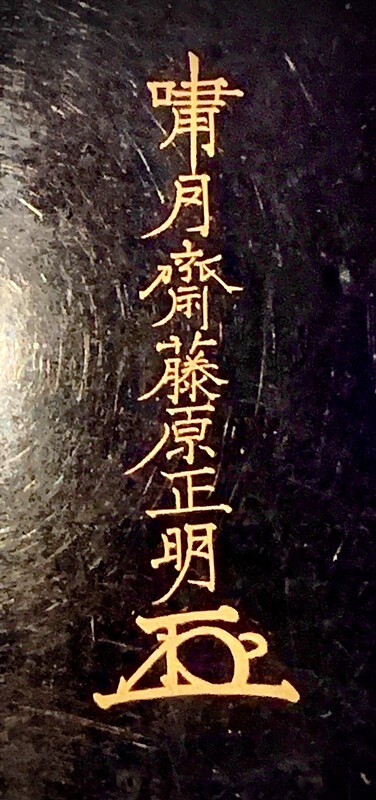




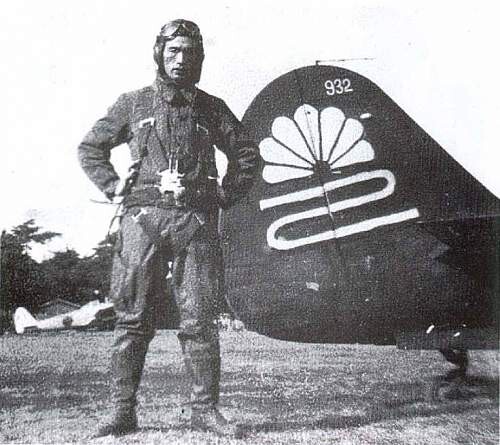

.jpg.3a173f9f826aab11004a2345a0b95c58.jpg)
